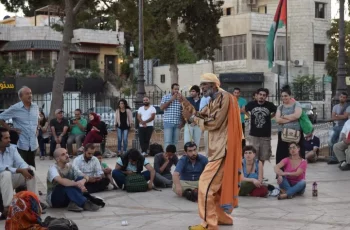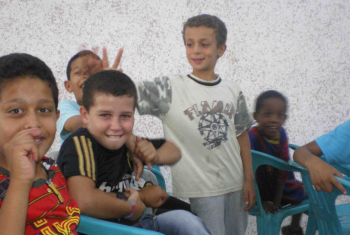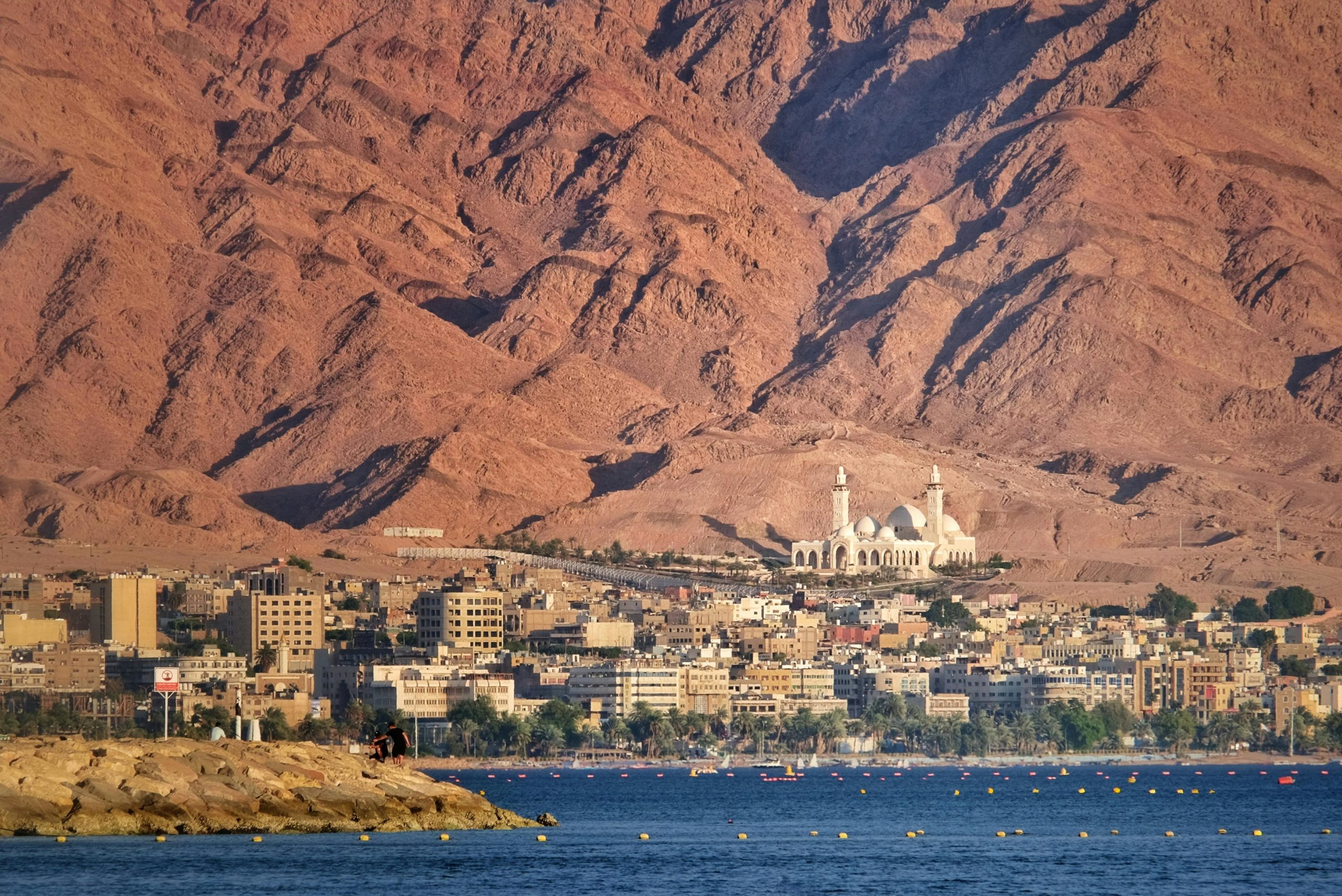HAKAYA STORYTELLING FESTIVAL
JACK AT HAKAYA

Last September I returned to perform at the Hakaya Storytelling Festival in Jordan for the fourth time. In 2017 I had been introduced by my Egyptian friend Hassan El Garetly to the Palestinian storyteller and folklorist Hamza Aqrabawi. I immediately warmed to Hamza’s excited dedication to the oral art and to his commitment to folklore collecting in his occupied native community and his questions about all things Irish. Last year we had been billed to share a show in Aqaba. The Jordanian port city of Aqaba lies at the north of the Red Sea, a point where Jordan borders on (and is a stone’s-throw from) Israel, Egypt and Saudi Arabia, three very contentious countries in today’s geopolitics.
My childhood picture of Aqaba came from David Lean’s 60’s film epic Lawrence of Arabia, based on the biography of the English officer, T E Lawrence. A memorable scene is where Lawrence, played by Peter O’Toole, the Connemara man with the silvery-blue eyes, leads the camel charge on the costal town at the head of Prince Faisal’s Arab army in their revolt against the Turks during WW1.
Lean’s movie depicts Lawrence as a conflicted individual. In Jordan today Lawrence is not highly regarded and is seen as an Imperialist who played up his role in the Arab victory led by Faisal. We now know that, as an agent of British Intelligence, he was aware of the secret 1916 Sykes-Picot agreement between the Britain and France. Both powers had, of course, designs on the Levant region and, by inking new lines on a map, planned the future partition of the area after the expected defeat of the Turkish Ottoman Empire – Britain to get Jordan, southern Iraq and Palestine; with Turkey, northern Iraq, Syria and Lebanon to be grabbed by France. Lawrence would have known that this would negate promises made to the Arab tribes – a foul egg hatched to betray, partition and colonially impose arbitrary borders (something we know more than a little about).s also appeared at Ireland
When I returned to Amman for this year’s Hakaya festival (travel-funded by Culture Ireland) the plan was to arrive three days early to work with Hamza and Hassan on a Palestinian/Irish storytelling show (and also to further explore the possibilities for my proposal for a Schools Collection amongst Palestinian school children – based on the groundbreaking Irish model of 1937/38). This plan to meet was scuppered when Israel banned Hamza from crossing from the Occupied Territories into neighbouring Jordan. Reasons for censorship can sometimes be difficult to fathom and politics often have an effect on cultural exchange. Maybe it is a salutary lesson for all storytellers that an occupying state can feel threatened by the work of a seanchaí engaged in cultural and heritage work in his home community.
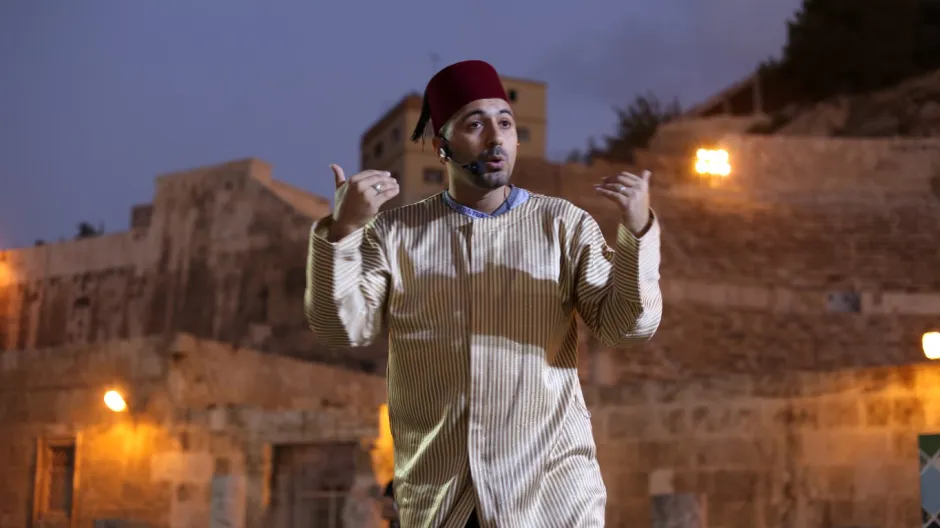
My involvement in the Hakaya Storytelling Festival gave me another chance to savour the vibrant scope of storytelling in the modern Arab world. These included Sage, a 2-handed theatrical/storytelling show based on the collection of oral memories of the Nakba of 1948, when more than three-quarters of a million Palestinians were forcefully expelled from their homelands by Israel. The show was devised from a collection of testimonies collected by my friend, Faiha Abdulhadi, herself an inspiring poet, academic and activist, and the venue was a theatre in a Palestinian refugee camp in the city of Irbid. Once more my Irishness granted me a kind of celebrity. Palestinians, young and old, are very up-to-date on news from Ireland of our empathy with their plight.
My own performances at the festival included one in a terraced garden venue in Amman where I told beside an olive tree, under a crescent moon, the air heavy with the evening scent of jasmine blooms and the Call-to-Prayer sounding out over the city. Besides discussing again our Irish Schools’ Folklore Collection, I returned to a topic I had mentioned in a panel discussion there in 2011 – the connection of the Irish oral tradition with its song tradition and the vision of the Dublin song collector, the late Frank Harte and his championing of the vernacular over the ‘official’ history. I heard later that a seminar in Amman had taken as a keynote title Frank’s motto: “Those in power write the history, those who suffer sing the songs.” Frank Harte Dublin singer and song collector. I was delighted to be able to pass on this news to Frank’s family. This time I sang the 1798 song Dunlavin Green, which recounts the massacre in the Co. Wicklow town when 36 local men were executed in cold blood in front of their families. It’s a beautiful and vivid song that gives space to what Frank calls “the small voices”. As he pointed out, historians can give us what they’ve researched of the objective factors of the past – but unlike the song – no historian can
tell us what “young Andy Ryan’s mother” felt at “the loss of her darling, her own beloved eldest son.”
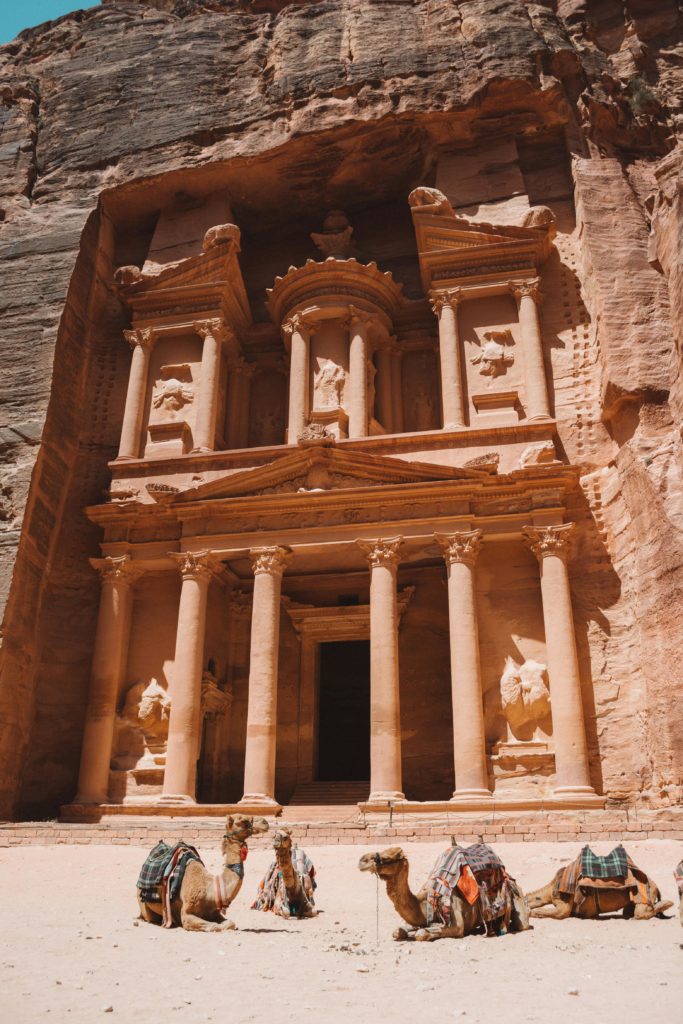
The highlight of my latest stint in Jordan was the chance to tell at the ancient site of Petra. I’d visited the ‘Rose City’ that is Petra during some down-time in 2012. 150 miles south of Jordan’s capital, Amman, it’s a UN World Heritage site and voted one of the New Seven Wonders of the World (alongside the Taj Mahal and the Great Wall of China). Half built, half carved into towering rock walls of a gorge by the Nabataeans (first mentioned in 647 B.C.), an industrious Arab people who were in control of the frankincense trade routes, this rose-hued city is surrounded by cliff walls containing tombs and funerary vaults. This hidden wonderland was only ‘discovered’ by European explorers in 1812.
The city’s carved rose-red sandstone rock facades, tombs, and temples are usually approached by a 20 minute walk from the Visitors Centre through the Siq, a narrow gorge passage. The proposed performing space for myself and another teller – Sita Brand, an English/Indian woman, is to be in the large square that holds the Visitors Centre and an interpretive Museum. Here, too, is a wooden seated terrace facing the sun with PA & radio mikes set up by Hakaya, our festival organisers. But – how to capture an audience from the scores of passing small groups from all continents of the world? A Plan-B is needed and it turns out that Aya, our Hakaya manager is in discussion with the local powers-that-be. She pulls it off and the plan is now to await nightfall and the “Petra by Night” audience and join the stream of several hundred visitors who will enter the site after dark along the Siq passage.
So, as if on a night pilgrimage, we finally set off on the 20-minute walk through the gorge, our footsteps guided by a flight-path lit by waxen paper lanterns on the ground.
Through the clef at the end of the Siq we glimpse an amazing sight – a sea of lanterns spread out in from of the floodlit ‘Treasury’ building. It turns out that these lanterns mark rows for the audience who filter through and take their places sitting in the sand. The area soon fills up.
When all have assembled in this magical place, the show starts with traditional Bedouin flute music and then a singer accompanied on a Rebab, the 2-string Arabian fiddle. After that it’s me – standing under the flood-lit facade of the magnificent Treasury and facing several hundred listeners sitting in a sea of lanterns. As I begin to declaim I realise that the acoustics are perfect – my voice amplified by the surrounding cliff faces. And so, off I go with my story.
Someone said that I was the first storyteller to perform there in more than a millenium. Ah, but sure, that’s probably just one of them ould stories.


